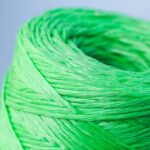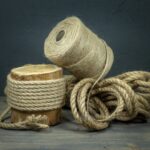Turk’s head knots get their name because they look eerily like turbans. These knots are primarily decorative. They are commonly used among scouts and other outdoor explorers.
Despite being decorative, they serve a purpose. They are often used to mark items for easy identification. Users may also tie them over the top of other objects to keep them more secure.
Follow the simple instructions below to learn how to tie a Turk’s head knot.
What Is A Turk’s Head Knot?
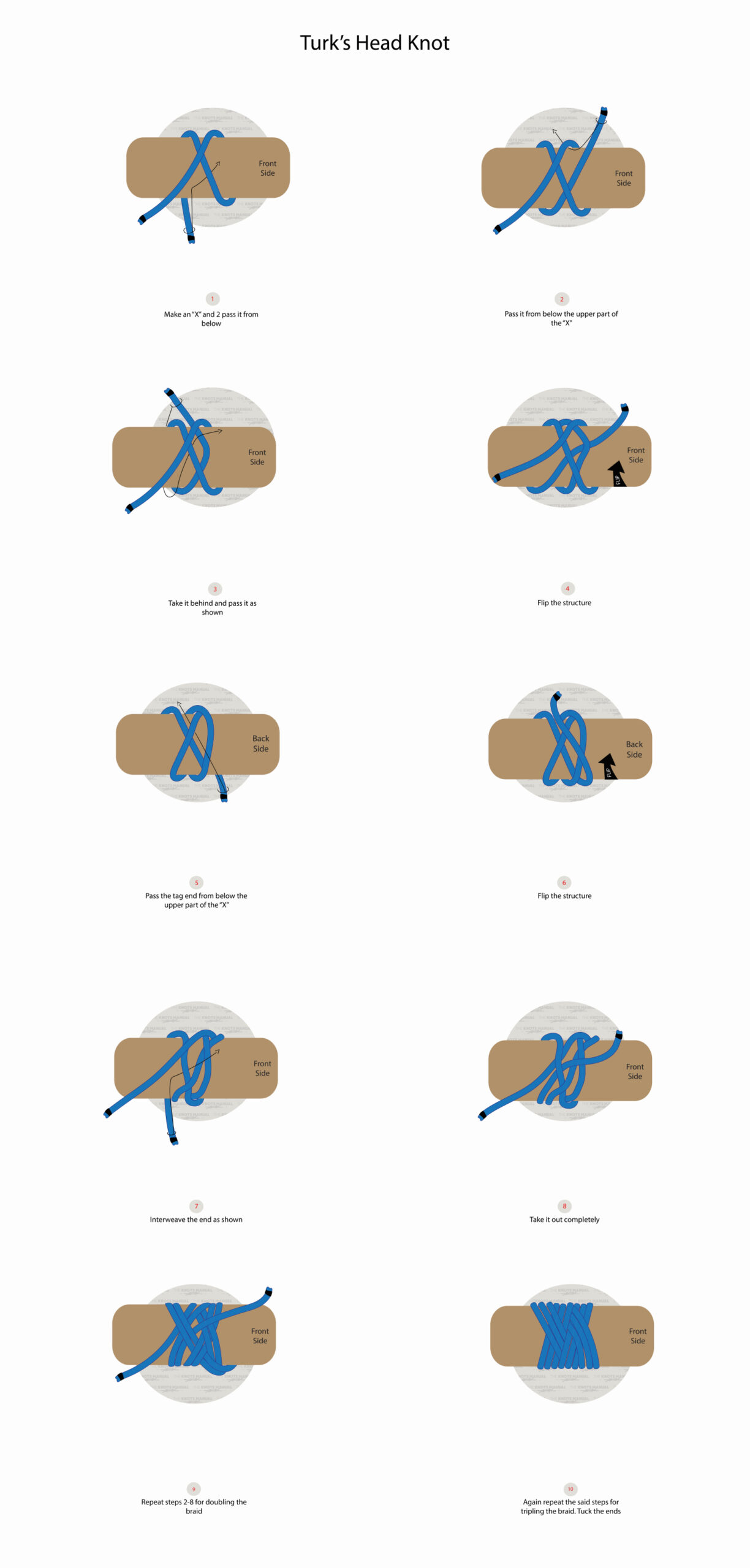
Turk’s head knots are decorative knots that users often form around scarves or poles. Various rope strands are interwoven to create a closed loop.
These knots are often tricky for beginning knot tyers because there are many steps. Once it is learned, there are many ways in which users can work the knot.
Scouts commonly use these knots for their scarves and refer to them as “woggles.” They also go by the name “sailor’s knot.”
Variations Of The Turk’s Head Knot
Turk’s head knots are a general family of knots; the name doesn’t describe a singular knot. The Turk’s head knot has many variations to suit multiple needs.
Pay attention to the number of leads and bights in the knot. Check out the construction of the knot as well. These characteristics distinguish different Turk’s head knot variations.
Bights: the number of wrappings around a cylindrical support, like a hand or pole. Bights control the shape of the knot at its center. A knot with three bights is triangular, while a knot with four bights is square.
Leads: the number of rope strands around a cylindrical support. Doubling or tripling is not counted.
There are three general types of Turk’s head knots:
- Narrow: the number of leads is two or more less than the number of bights (e.g., a knot has 4 leads X 6 bights, 8 leads X 12 bights, etc.)
- Long or Wide: there are two or more leads than there are bights (e.g., a knot has 6 leads X 4 bights, 10 leads X 6 bights, etc.)
- Square: leads and bites only have a difference of one (e.g., a knot has 3 leads X 4 bights, 6 leads X 3 bights, etc.)
How To Tie A Turk’s Head Knot
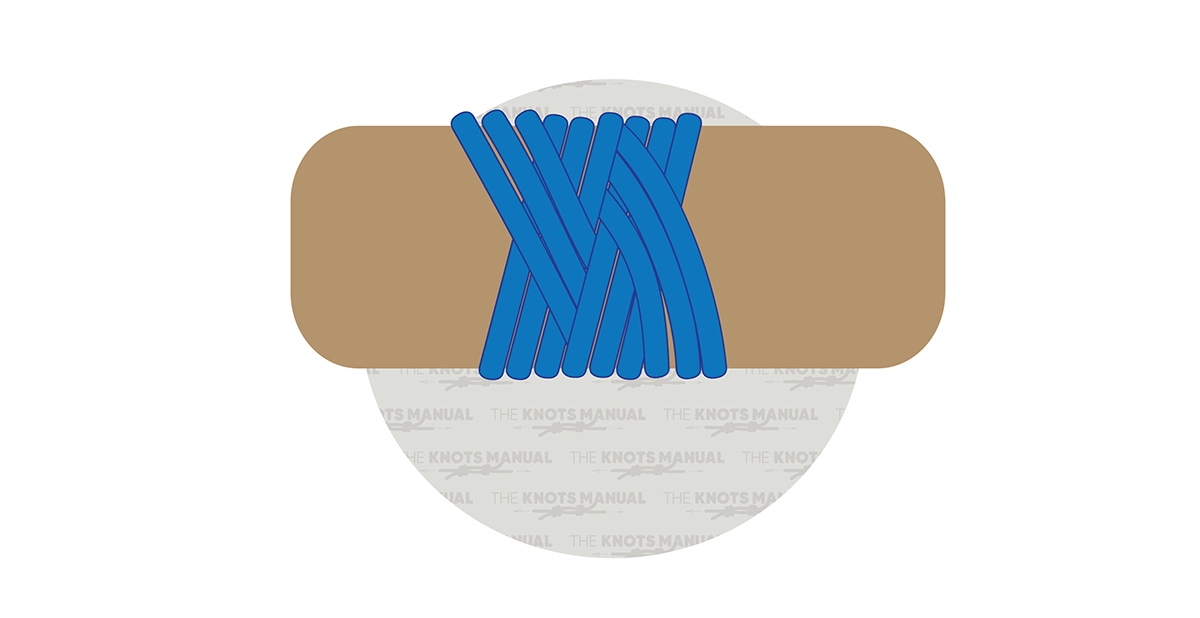
Follow the eight simple directions below to learn how to make a Turk’s head knot:
Step 1:
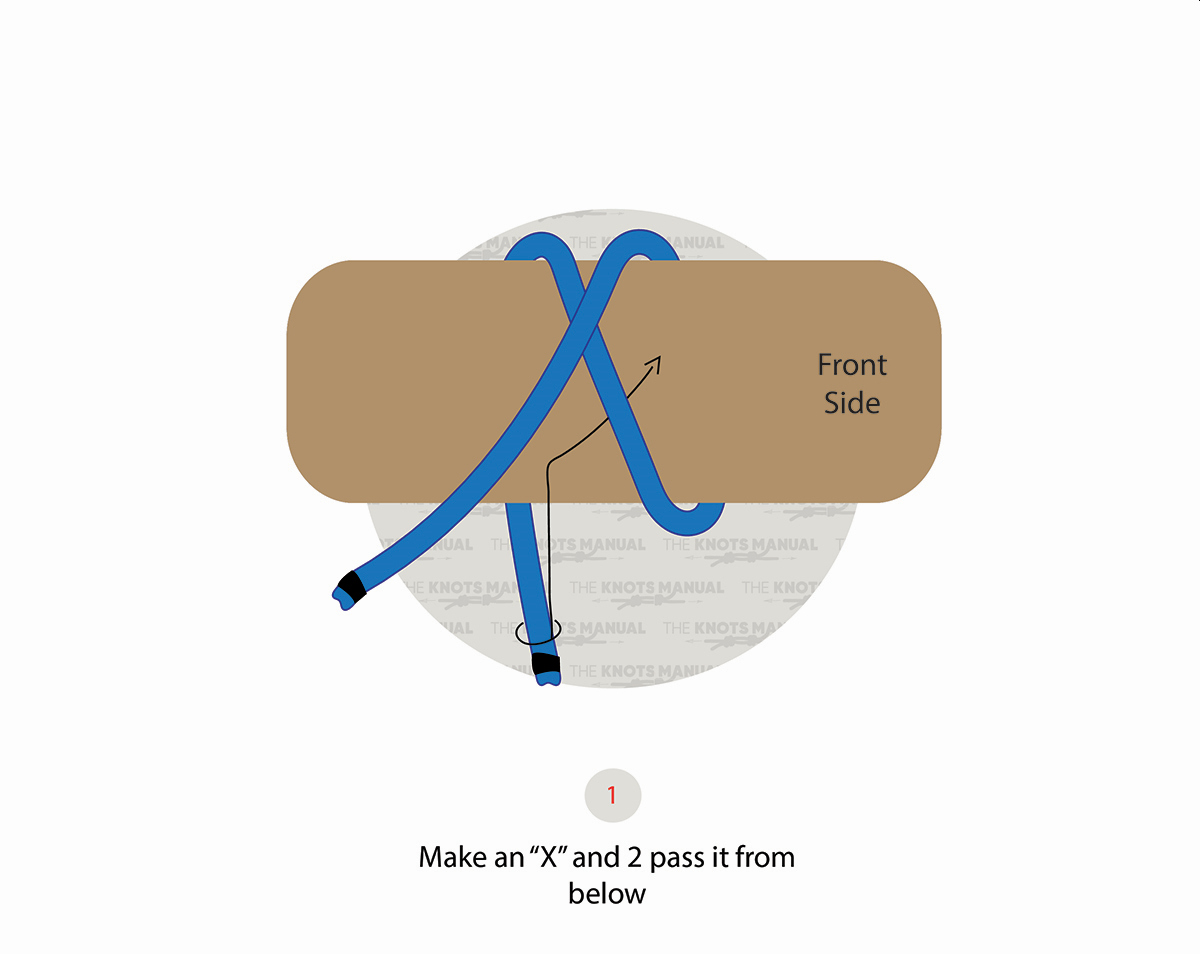
Make an “X” across the support using the rope’s working end. Pass the working end under the lower section of the “X.”
* Begin with a support structure, like a pole. *
Step 2:
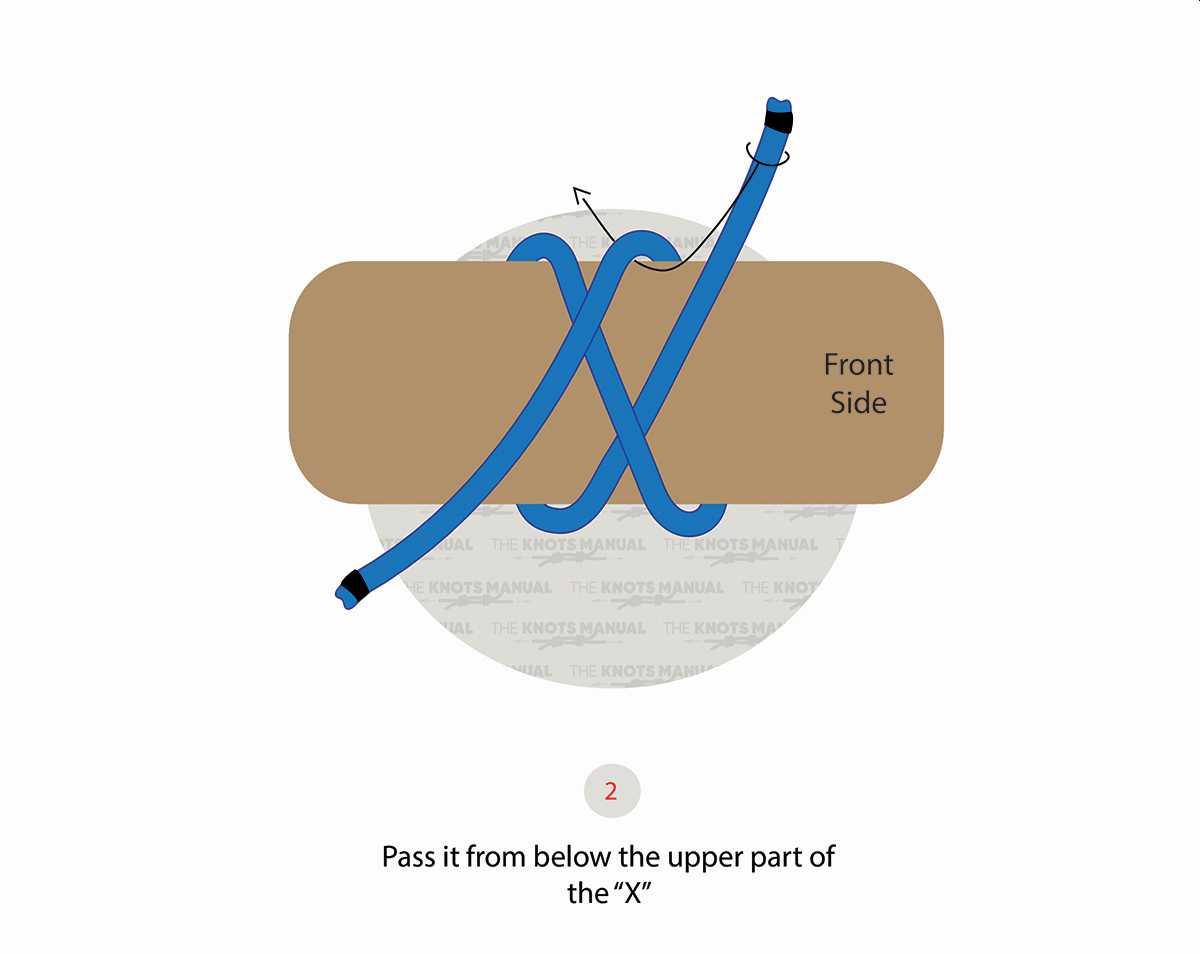
Pass the working end under the upper section of the “X.”
Step 3:
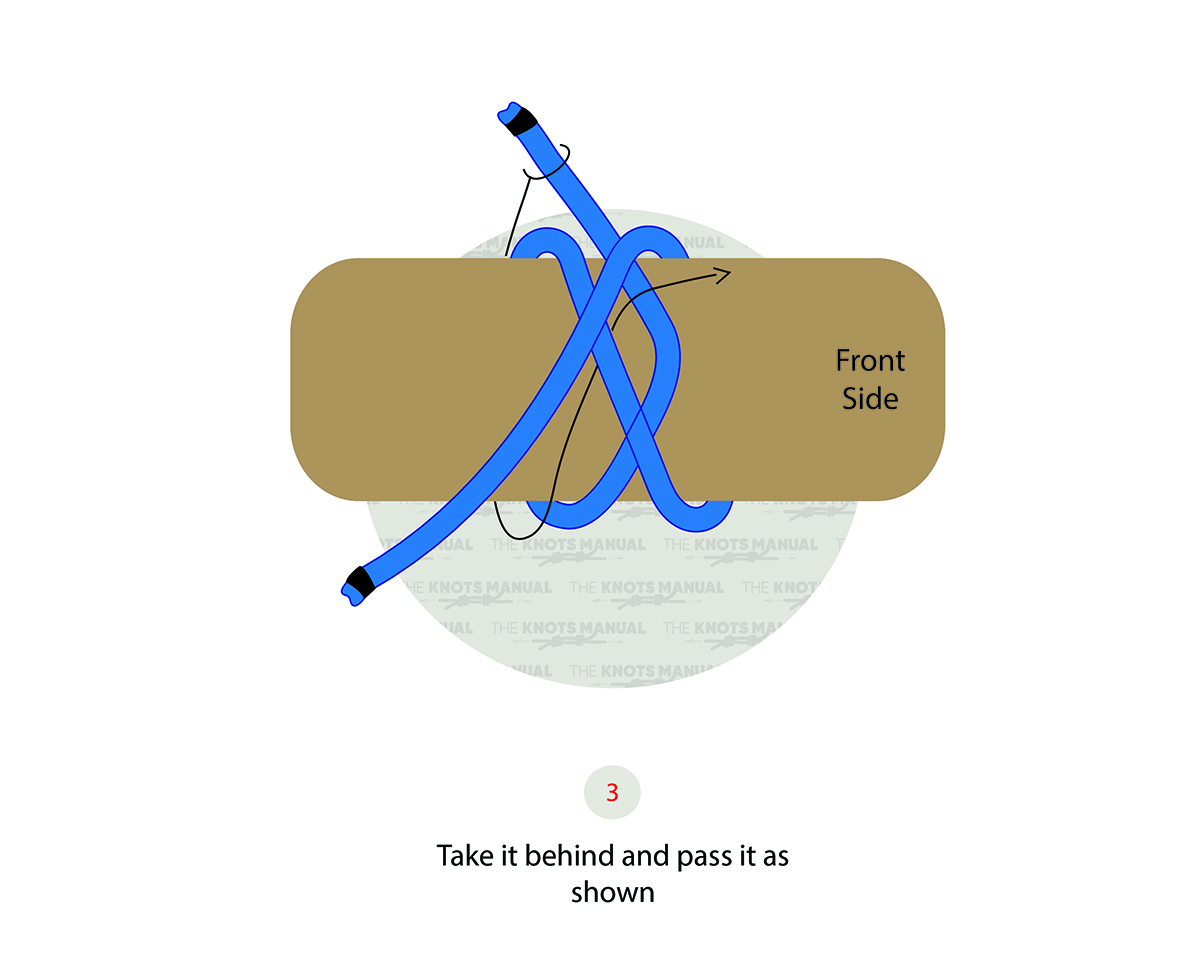
Pass the working end behind the support. Pass it around to the front of the support and underneath the part shown.
Step 4:
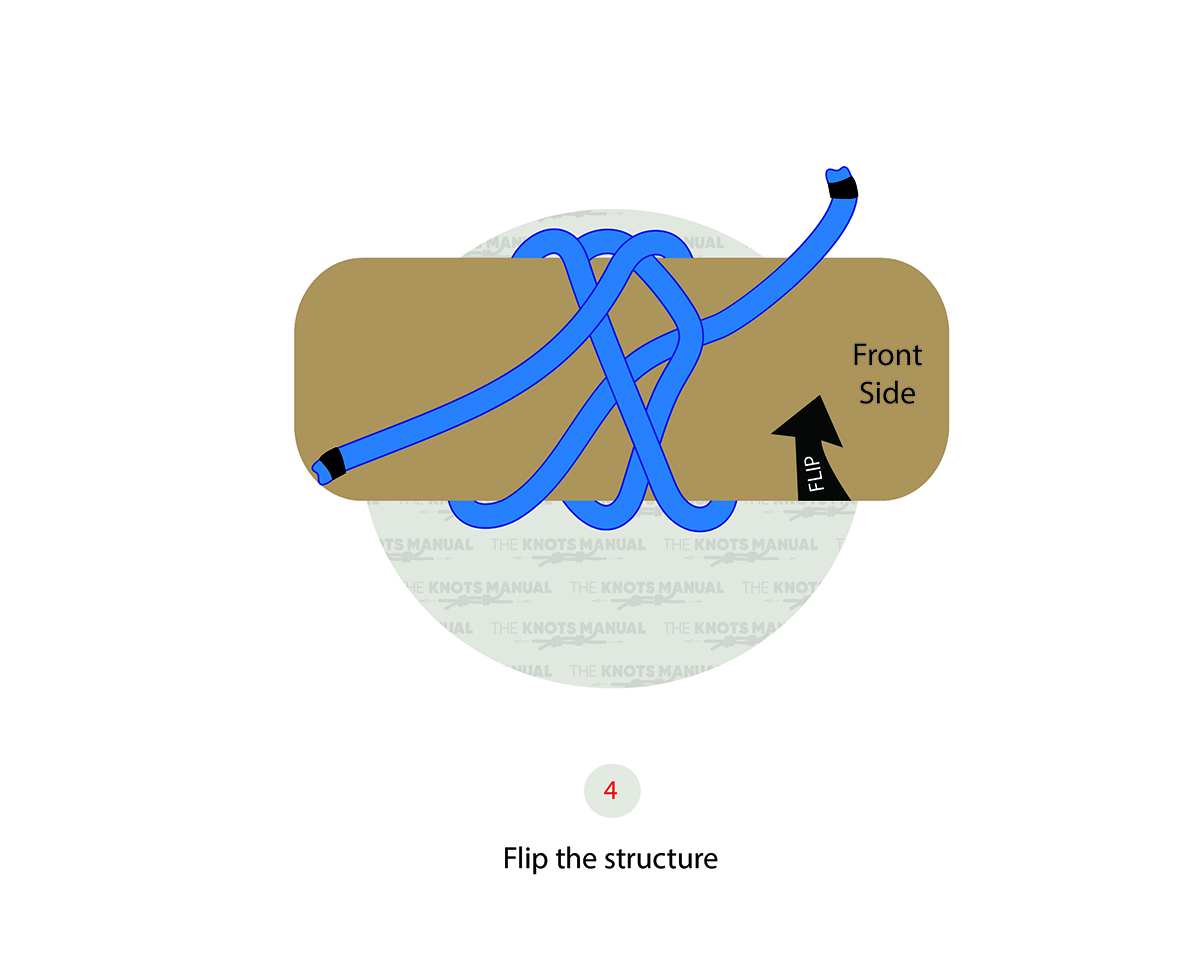
Flip the support structure.
Step 5:
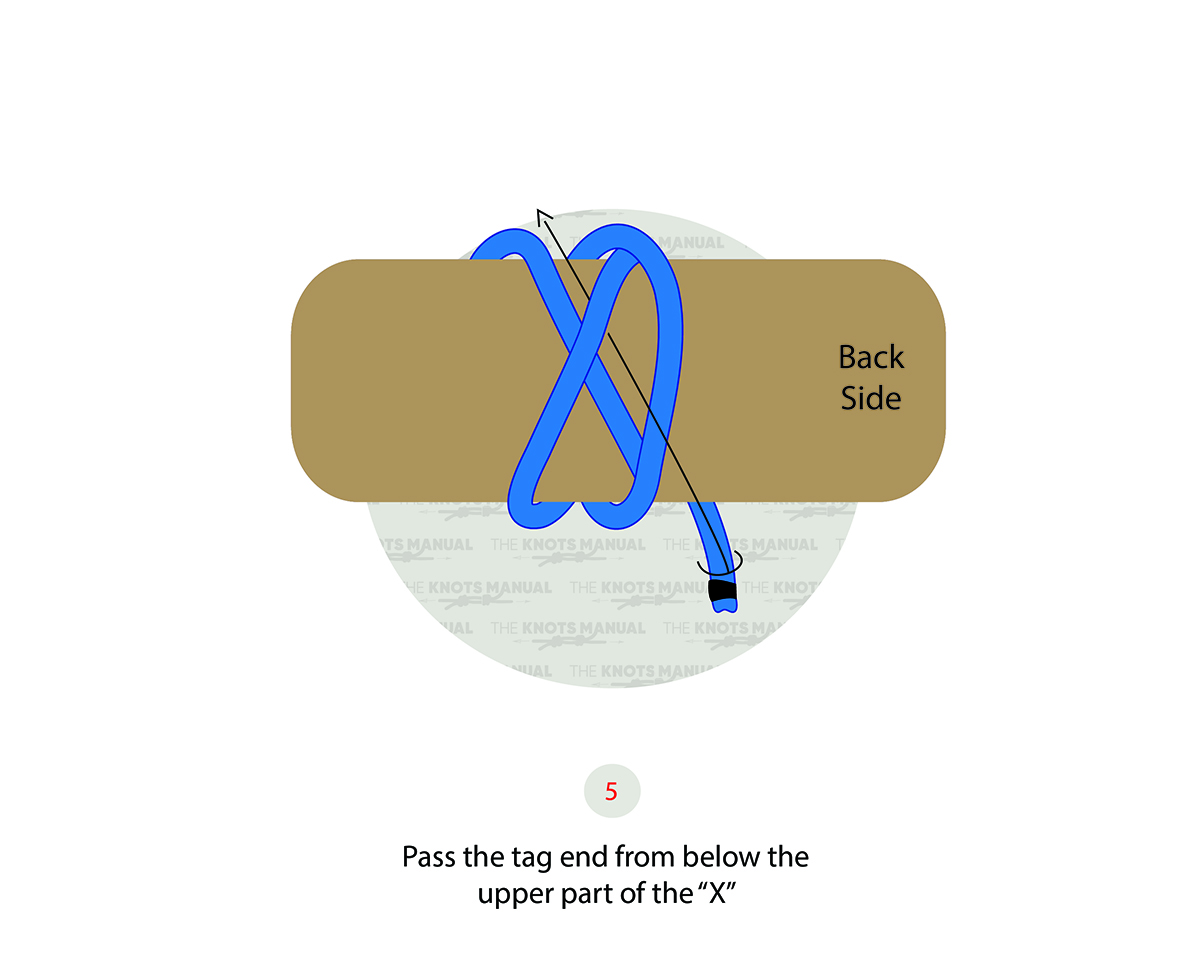
Pass the working end under the upper section of the “X.”
Step 6:
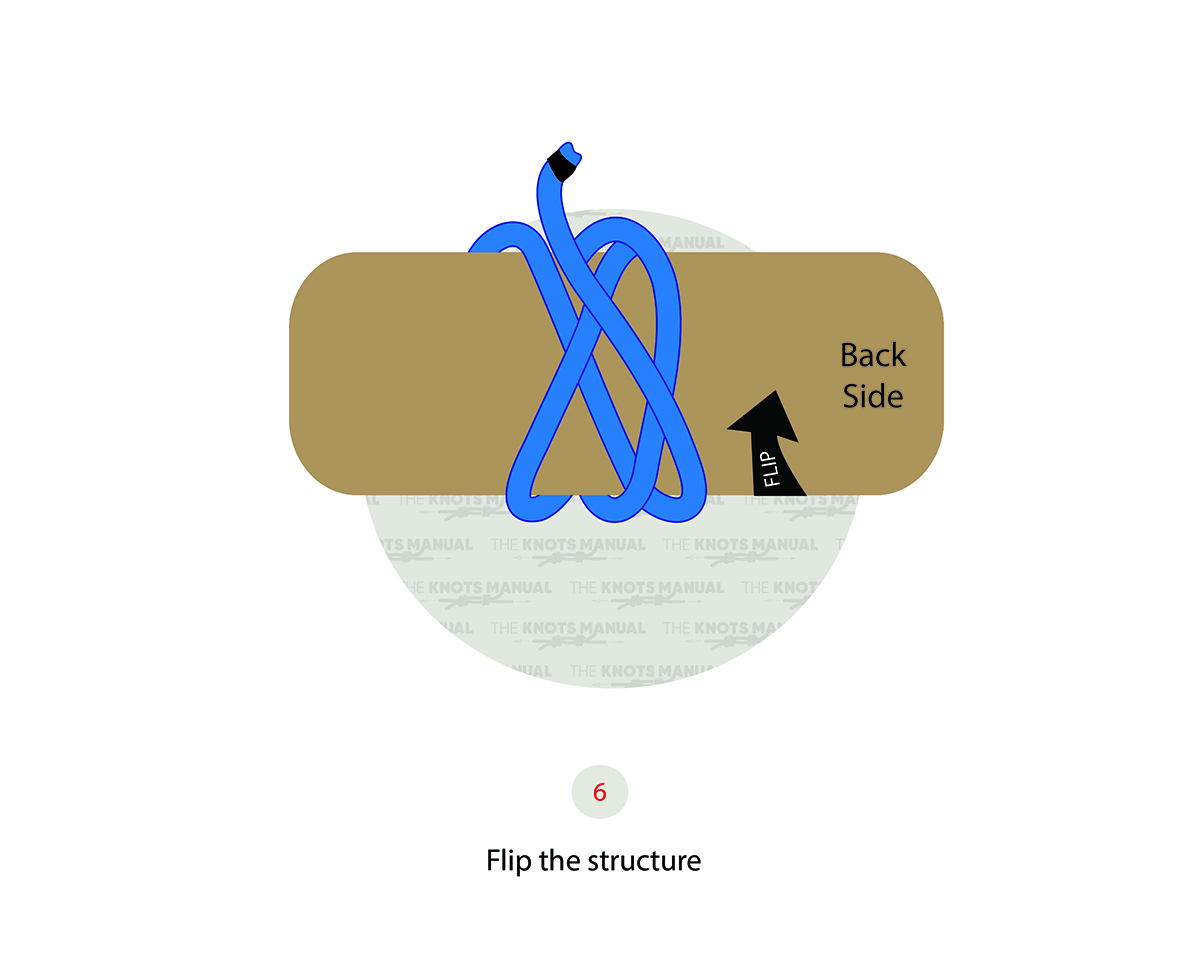
Flip the support structure.
Step 7:
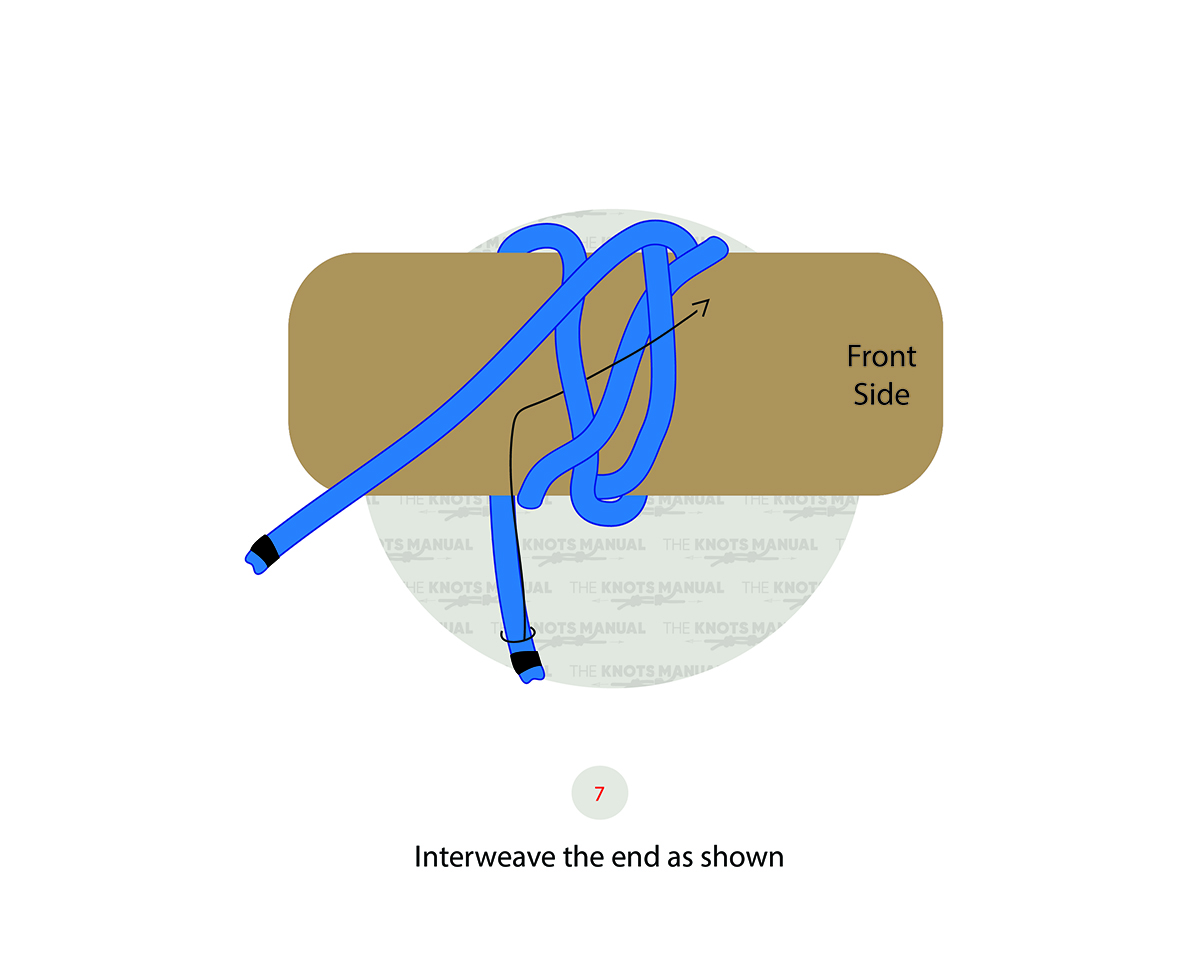
Interweave the working end as shown.
Step 8:
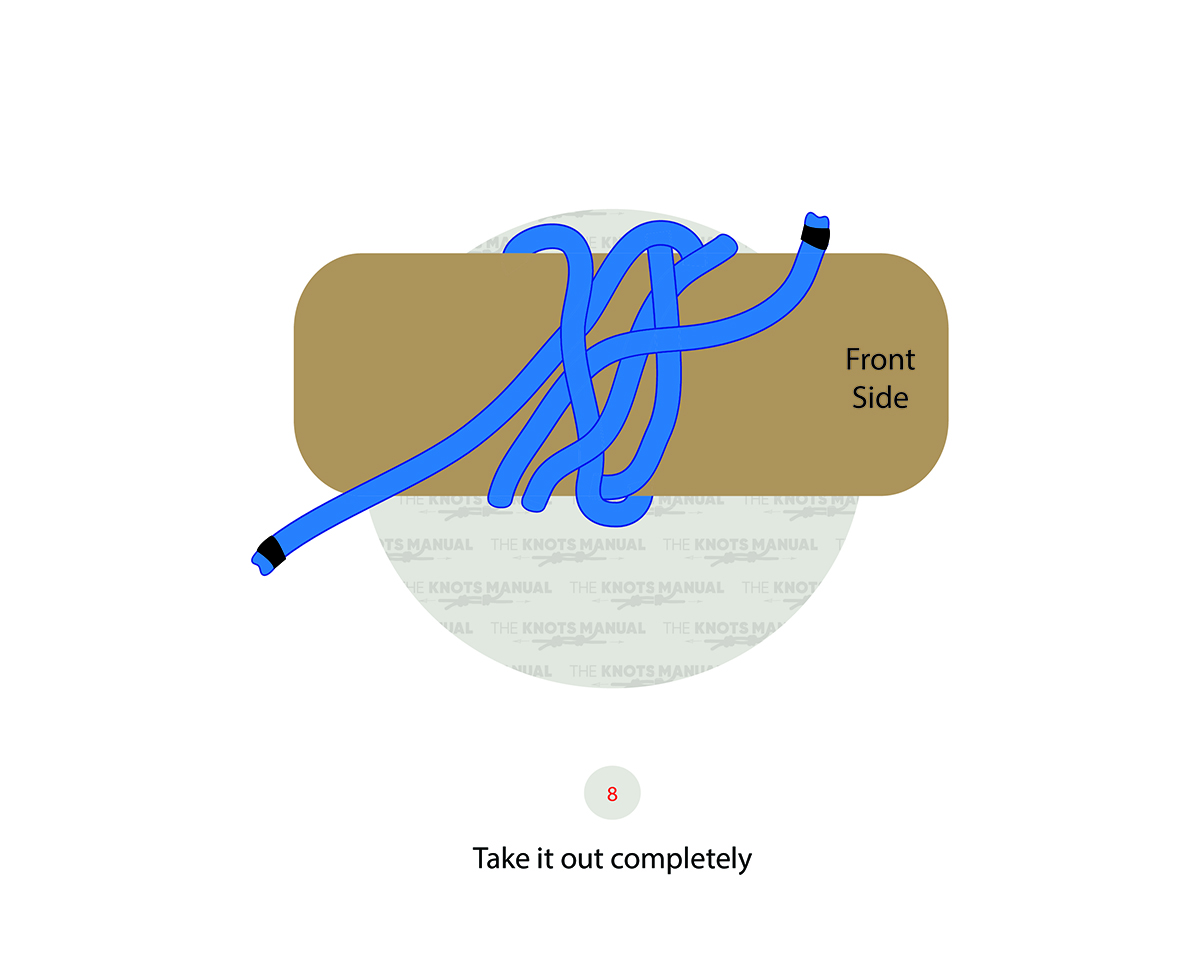
Pull on the working end.
Step 9:
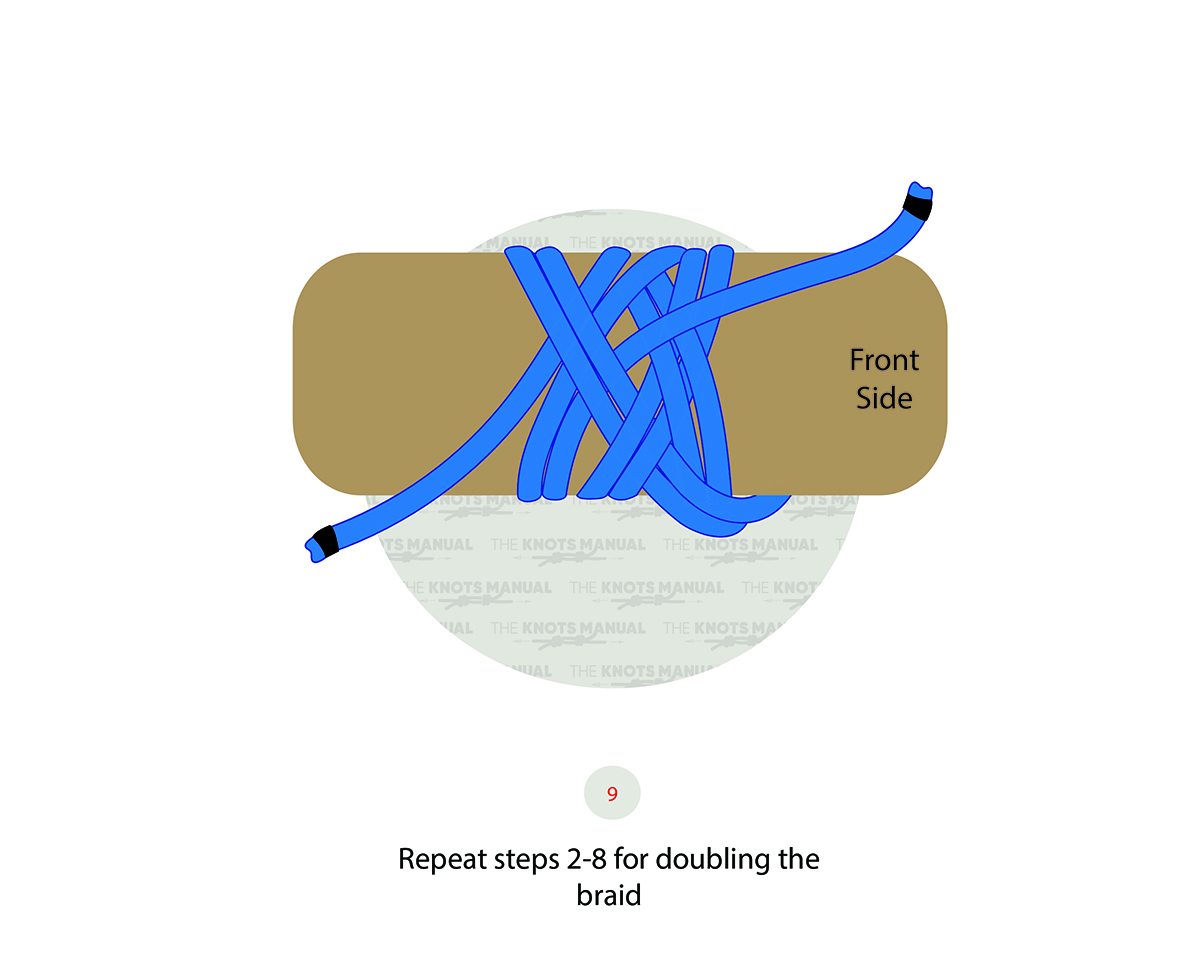
Repeat Steps 2-8.
Step 10:
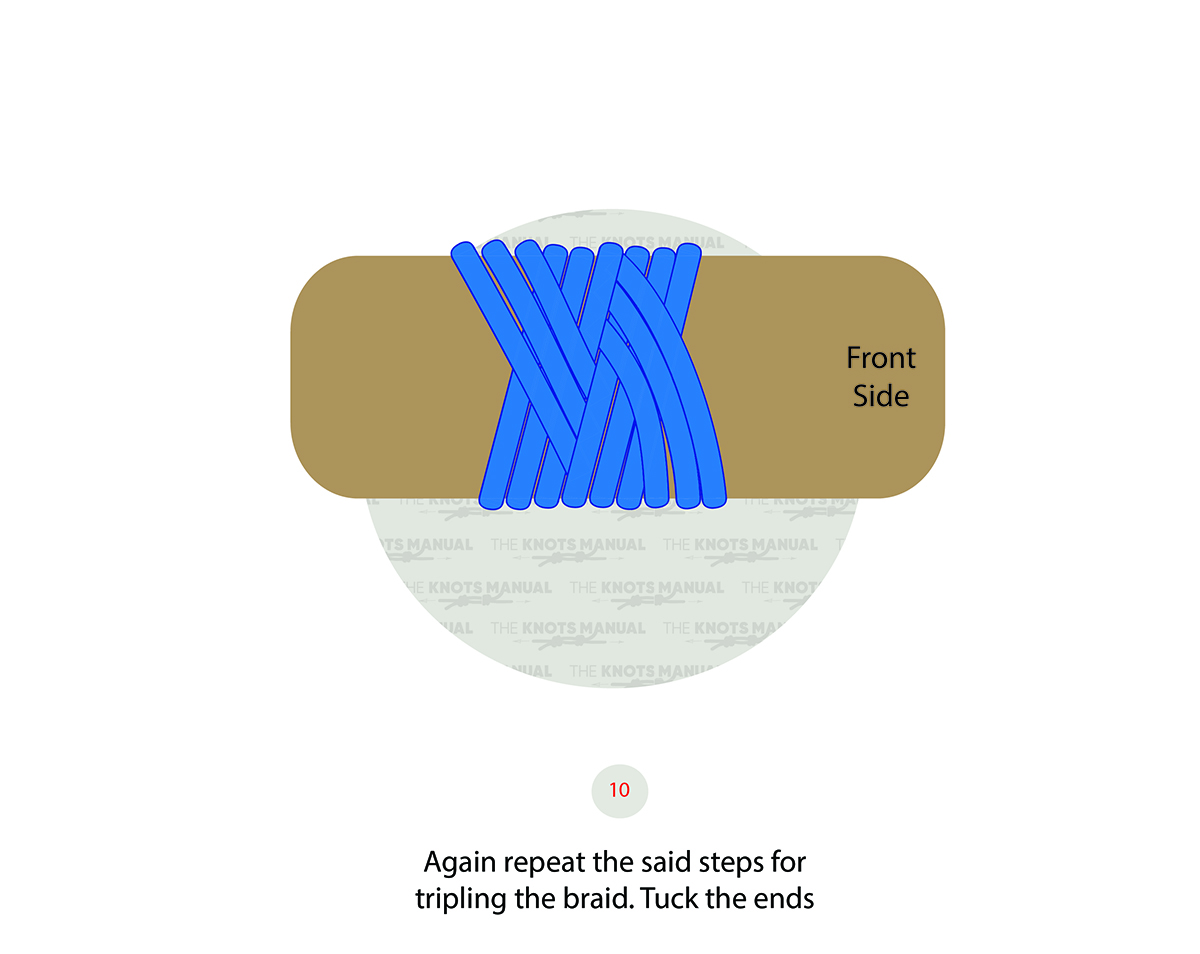
Repeat steps.
Most users tie Turk’s head knots around their hands. Beginning with a support, like a pole, is easier for learning purposes.
It’s possible to tie a Turk’s head knot without a hand, pole, or other support structure. Without a support structure, the knot forms a flat shape, like a mat.
What Are The Uses Of A Turk’s Head Knot?
The Turkish knot is a decorative knot most often tied into scarves worn by scouts. Some scout leaders create these knots as a part of their training. After their training, they receive a “Wood Badge” insignia. The insignia is an official part of their uniform.
The Turk’s head knot has many variations to enhance scarves, and other items users wish to decorate.
Users can make the loop larger, which allows for more braids.
Users can tie the knot with more than one strand of rope. It’s common to tie the Turk’s head knot with a few ropes of varying colors to make the resulting knot more attractive.
Some Turk’s head knots can be made more spherical. Doing so creates a ball-like shape similar to the monkey’s fist knot.
Jewelry
Paracord is a popular material for tying Turk’s head knots. Paracord is a great decorative material often used to create durable bracelets.
Creating “beads” with these knots is common, forming a structure similar to a Rosary.
Rings, bracelets, lanyards, knot pillows, and whips can all be made with Turk’s head knots.
On Ships
One of the most common uses of the Turk’s head knot was as a decorative marking on a ship’s wheel. It marked the “king spoke. The king spoke points upward when the rudder is sitting in a centralized position. Marking the king spoke makes identification quick and easy for boaters.
As A Grip Wrap
Besides decoration, these knots are helpful for tightening underlying material. It works as a covering that prevents slipping.
Knots Similar To The Turk’s Head Knot
Overhand Knot: a Turk’s head knot with two leads and three bights. Overhand knots are the simplest stopper knots using a single strand of rope. They are often used to prevent the end of a rope from unraveling.
Trefoil Knot: a Turk’s head knot with two leads and three bights with joining ends. These are one of the simplest knots. They are pivotal in understanding mathematical knot theory. Real-life trefoil knots can be created by tying the ends of a loose overhand knot.
Gaucho Knot: A knot that forms by expanding a Turk’s head knot. Users begin with a 5 lead X 4 bight Turk’s head knot to create these knots. Gaucho knots are decorative. They often form around walking sticks, hiking staffs, or canes. They can be used as a woggle or added to fishing poles, flashlights, or knife handles.
FAQs
How Secure Is The Turk’s Head Knot?
Traditionally, the Turk’s head knot is not very secure. Since it is only used for decorative purposes, there was no need to make the knot secure.
The un-secure knot is often an advantage to scouts and others working outdoors. Users can quickly untie the Turk’s head knot when supplies are low to reuse the rope. Doing so allows them to repurpose the rope for more important things.
They can reuse it for tying down a tent or stringing up supplies.
Sometimes, the knot is made from leather, which makes a good firestarter in camps.
How To Make Turk’s Head Knots More Secure Using Synthetic Fibers
Users can burn the ends of synthetic ropes if they desire. Doing so prevents the knot from slipping.
Use caution when burning synthetic rope ends, particularly nylon. The materials are molten and can cause severe burns. Never allow the burning rope to come in contact with the skin.
Turk’s head knots made from modern synthetic ropes are even more un-secure. Synthetic materials slip more easily than natural rope materials.
Never try to burn the ends of natural ropes — it won’t work.

